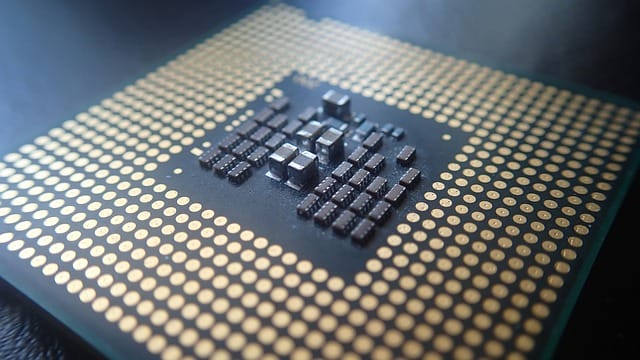The unveiling of Windows 11 yesterday came ribboned with some pretty big announcements. Though some might consider Windows 11 nothing more than a much-overdue UI overhaul with a few changes under the hood, those under-the-hood changes are exactly what have placed Windows 11 at the center of it all.
Apart from flaunting a glassy modern look (here’s to hoping that’s nothing like Vista), Windows 11 will now run Android apps, courtesy of the Intel Bridge Technology. But that is not just limited to Intel CPUs. AMD and ARM-based devices running Windows 11 will be able to do so as well. Here’s all that you should know about running Windows 11 on ARM and what it means for developers and the future of Windows.
Windows 11 will support 64-bit app emulation on ARM processors

Developers have always found it cumbersome to bring apps to Windows 10 on ARM devices, not least because of the 32-bit emulation restrictions. But with Windows 11, 64-bit app-emulation will now be possible. Though Microsoft has been working on this for a while now, it hasn’t been vocal about how well these apps will run just yet. Nevertheless, bringing Android apps to Windows 11 on ARM devices is a huge step for Microsoft in homogenizing the ecosystem as most of the apps are designed to work on mobile processors anyway.
Additionally, AMD processors are also brought along for the ride thanks to Intel Bridge technology which supports all x86 platforms now.
Tools for developing ARM-64 applications natively on Windows on ARM
Microsoft mentioned in their blog that developers will now be able to build ARM-64 apps that run natively on Windows 11 on ARM. Developers can access the new ARM-64 Emulation Compatible ABI for this. With it, one can even mix the x86-64 emulated code and the native ARM code in the same application.
What all of this means is that developers will now be able to optimize apps to run on Windows 11 on ARM even if there are x64 dependencies in them that are out of their control. The broader purpose here is to improve compatibility for Windows on all platforms and processor types and, as Microsoft’s CEO, Satya Nadella puts it, bring Windows to the center of your digital life.
What is the Intel Bridge Technology?

Intel’s ‘Bridge’ technology is what’s enabling the new OS to run Android applications on x86 systems. This technology allows for Android applications (which are non-x86) to be translated into instructions that x86 platforms can understand.
As mentioned before, since AMD processors are also supported by this technology now, developers can have a field day in designing and bringing apps to Windows 11 so that they are better placed in what many are calling the unified Android-Windows experience.
However, since ARM-based devices don’t require that bit of translation, one can presume Intel Bridge to not be a necessary pre-requisite for Arm-based Windows 11 devices to run Android apps natively. Microsoft hasn’t confirmed exactly how this will work. But we’ll know more about it when Windows 11 becomes available for the Insider Program channels next week.













Discussion